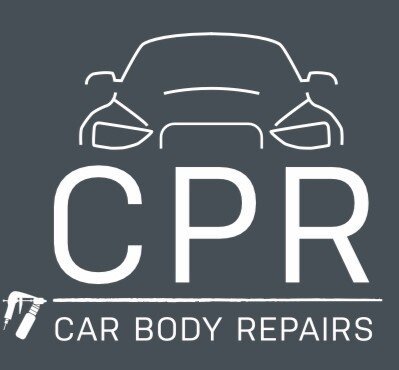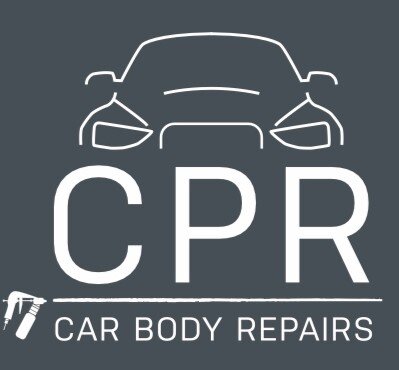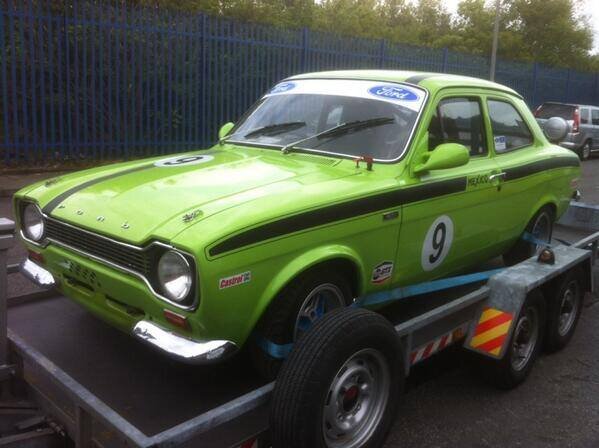Classic Car Restoration - affordable Budget TIPS
As a classic car owner, you may dream of the day when you can take your car out on the open road and feel the wind in your hair. But first, you've got to get your car in tip-top shape. That's where classic car restoration comes in.
Restoring a classic car is no easy feat, but it's certainly possible to do on a budget. In this blog post, Classic Car Restoration - Affordable budget tips, we'll show you how to get started with your Liverpool restoration without breaking the bank.
Set a Budget and Do Your Research
The first step in any Liverpool restoration project is to set a budget. Determine how much money you're willing and able to spend on this project. Once you have a budget in mind, start doing your research. Talk to other classic car owners, join relevant online forums, and read as much as you can about Liverpool's classic car restoration. It's important to go into this project with your eyes wide open so that you know what you're getting yourself into!
1. Let's start with the basics.
Before you start tearing your car apart, make sure you have all the basics covered. This means having a good working knowledge of how your car works, as well as a firm understanding of the restoration process. Once you have these things down, you'll be able to approach your project with confidence and avoid making costly mistakes.
2. Shop around for parts.
One of the best ways to save money on restoration costs is to shop around for parts. There are plenty of sources for affordable parts, so take your time and compare prices before making a purchase. You may even be able to find some used parts that will work just as well as new ones.
3. DIY whenever possible.
If you're handy with tools, there's no reason why you can't tackle some of the restoration work yourself. Doing things like stripping paint or repairing rust damage can save you a lot of money in labour costs. And even if you're not handy, there are plenty of simple tasks that anyone can do with a little bit of practice.
Basic Tools and Materials You'll Need
There are some basic tools and materials that you'll need for just about any Liverpool classic car restoration project.
Here are a few of CLASSIC CAR RESTORATION essentials:
-A set of good quality tools, including a socket set, wrench set, screwdrivers, pliers, etc.
-A variety of sandpaper grades
-A selection of Car paints (primer, paint for the body, paint for the trim)
-Auto body filler
-Spot putty
-A heat gun
-Masking tape
With these tools and materials, you'll be able to tackle most basic classic car restoration projects. If you're not sure where to purchase them, ask around at your local auto parts store or consult one of the many online resources dedicated to classic cars.
Tips for Sanding and Painting Your Classic Car
Now that you've gathered all of the necessary tools and materials, it's time to start working on your car!
The first step is usually sanding down
Of the surfaces that will be painted. This includes the body of the car as well as any door panels, trim pieces, etc. that will be repainted. Use coarse sandpaper (60 grit or lower) to remove any rust or flaking paint. Then move on to finer grades of sandpaper (120 grit and up) until the surface is smooth.
Next comes painting!
If you're repainting the entire body of your car, it's best to start with primer. This will help ensure even coverage and prevent any new paint from peeling or flaking later down the road.
Once the primer has dried completely
(follow the manufacturer's instructions), apply two coats of paint to the body of your car. Again, make sure to let each coat dry completely before moving on to the next one. Once the base colour has been applied, add any stripes or other accent colours that you desire.
And finally:
Add a layer of clear (lacquer) coat over top of everything for added protection against UV rays and other elements.
And that's it! With some patience and elbow grease, you've completed your first classic car restoration project on a budget!
By following these tips, you'll be well on your way to restoring your classic car on a budget.
Lacking confidence?
If you are unsure about your confidence with Liverpool Classic Car Restoration, it is advisable to seek the help of a professional Body Shop.
CPR Car Body Repair are Liverpool Body Shop who specialise in Classic Car Restoration with over 24 years experience and expertise.
You can follow their social media newsfeed:
CPR's Facebook page: HERE
CPR's Instagram page: HERE
You can drop by to discuss your Liverpool Classic Car Restoration project at the following address:
60-61 Love Lane, Liverpool, L3 7DD
See our Customer Review page: HERE
Please see our information Blog Posts:
10 Signs you need Liverpool Alloy Wheel Refurbishment HERE
Car Body Repair Near Me: How to find the best local Body Shop HERE











